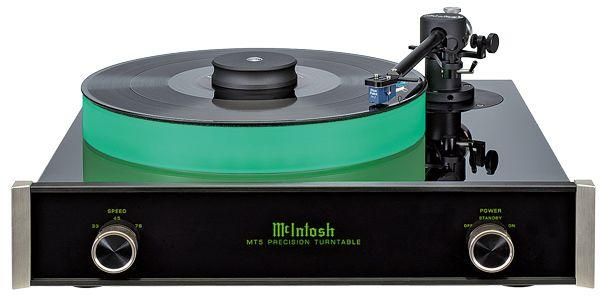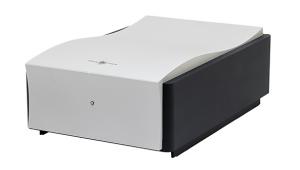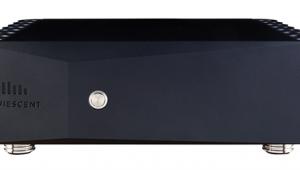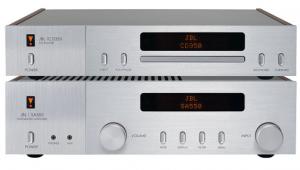Mcintosh Mc275 Mkvi (£5500)

Its most spectacular outward feature, described in staid McIntosh tech-speak as ‘small tube illumination for amplifier status operation’, comprises LEDs indicating status or output tube failure. This is a part of a protection circuit system which will also shut the amp down if speaker wires are shorted or there is a gross impedance mismatch.
The four large KT88 pentodes are joined by three 12AX7A tubes as the input and phase-splitter with a further four 12AT7s in the voltage amp and driver stage. The ‘unity-coupled autoformers’ are core to the performance of the revised amplifier, which also features a jumper strap to parallel the two channels for mono operation.
Inside, there have been ‘many subtle changes in circuits, and component values’, while McIntosh also says that its much-vaunted output transformer-winding techniques have been further improved to give greater bandwidth. This in turn has allowed the negative feedback to be taken directly from the speaker winding, giving a higher damping factor and a claimed improvement in deep bass definition.
Depth and clarity
We started listening with Myriam Alter’s captivating 2007 album Where Is There [Enja]. The music just flowed, there was nothing exaggerated and at the same time it seemed that there was nothing lost. Pianist Salvatore Bonafede’s subtle use of the pedal created crystalline chords that hung in the air, and all the lead instruments, but particularly the cello, had a tangible presence, while drummer Joey Baron’s cymbals rang true.
Moving on to Kings Of Leon and Come Around Sundown [Sony], we could wallow in the huge-sounding effects, with the feeling that the system was giving you it all without adding the slightest trace of grunge of its own. It sounded equally right on the clean, ringing guitar sounds that open ‘Pyro’, on the extreme overdrive ones on ‘Mary’ and on the echoing twanginess of ‘The Face’.
As a test of truth at the bottom end, it would be hard to beat Esperanza Spalding’s Chamber Music Society [Heads Up]. Spalding’s acoustic bass sounded real and woody on ‘Inutil Paisagem’, where it’s the only instrument heard while she vocalises in duet with Gretchen Parlato. Elsewhere, the line-up of jazzy chamber strings was resinous and compelling.
With the difficult RCA recording of Heifetz in the Mendelssohn Violin Concerto the sound was more than listenable: it was absorbing, conveying the greatness of Heifetz, and every subtlety of his touch. Behind him the orchestra, all too often confused and overbearing, had depth and clarity. The sound still had the signature of its period, but the hall acoustic was palpable, not just a muddying influence.
Verdict
It does seem that the MkVI, steel or gold, is more refined and less ‘tubey’ than earlier iterations. Its stress-free presentation, liquid purity in the mid and intricate, believable stereo imaging make for absorbing listening. It’s audibly a thoroughbred.
Originally published in the 2013 Yearbook























































